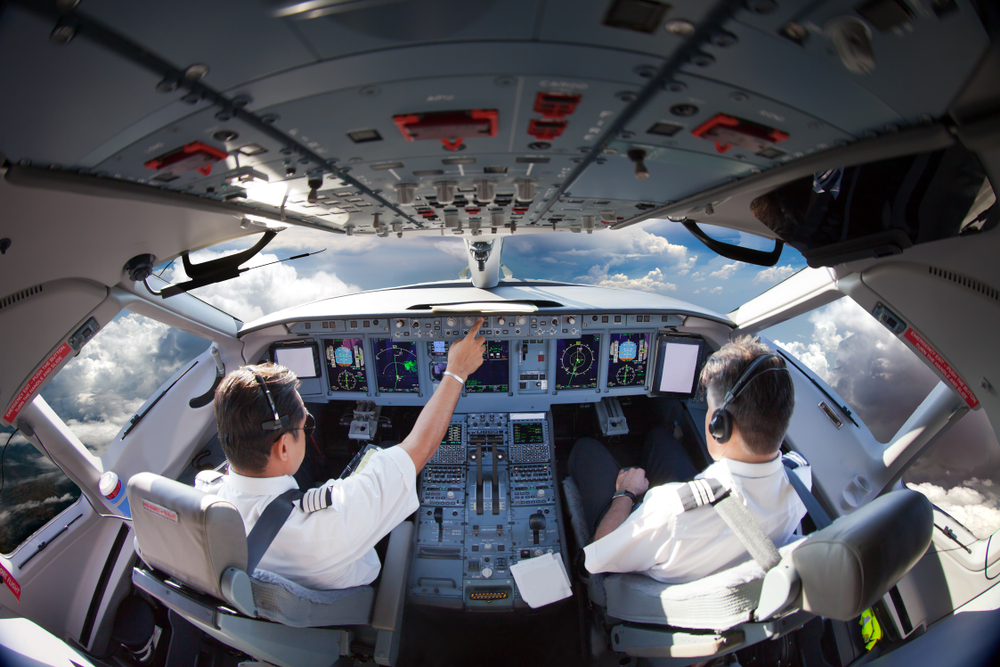
The Air Line Pilots Association, Int’l (ALPA) released a report Wednesday highlighting the safety benefits of having at least two pilots on the flight deck.
The paper was released in conjunction with ALPA’s annual Air Safety Forum.
Having at least two pilots contributes to a proactive, risk-predictive safety culture, ALPA said. Despite this, some special-interest groups, including airlines, the military, and technology companies, are pushing to cut operating costs by reducing the current number of flight crew members.
“Pilots are required to control an aircraft in a dynamic environment,” Capt. Joe DePete, ALPA president, recently testified before Congress. “We interact with air traffic control, communicate with dispatch, check weather patterns and trends, visually scan for other aircraft, and monitor the performance of multiple engines. Currently, technology cannot adequately replicate or report the sensory information—sounds, smells, and vibrations—a flight crew depends on to safely operate a plane in real-world conditions.”
ALPA commissioned a public survey last year on the number of pilots on the flight deck. The majority of respondents, 81 percent, said they would be uncomfortable on a pilotless aircraft while 80 percent said two pilots working together is ideal for problem solving while operating an aircraft.
ALPA represents more than 62,000 pilots at 35 U.S. and Canadian airlines. It is the largest airline pilot union in the world.